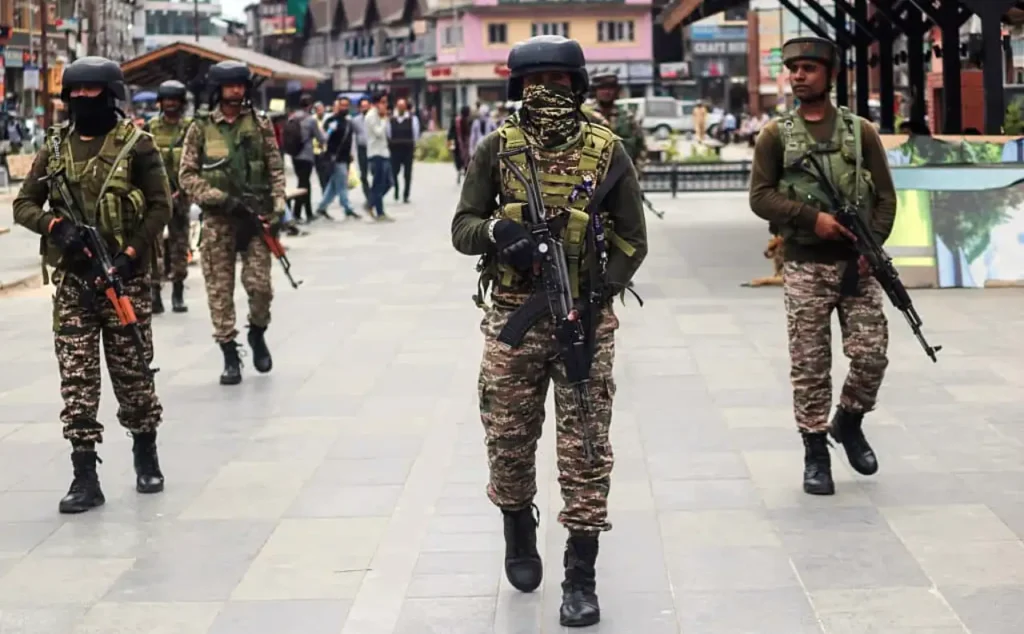India Strengthens Civil Defence Measures Amid Growing Tension with Pakistan
Amid rising tensions with Pakistan, the Ministry of Home Affairs (MHA) has directed all states and Union Territories (UTs) to strengthen their civil defence systems. The ministry issued an advisory urging immediate action to boost emergency preparedness in case the geopolitical situation worsens.

In its letter, the MHA instructed states and UTs to invoke Section 11 of the Civil Defence Act, 1968. This provision gives Directors of Civil Defence the authority to procure emergency supplies and services without delay. The move aims to speed up local responses and ensure civil defence teams can act swiftly if a crisis emerges.
States Receive Emergency Procurement Powers
With Section 11 in effect, civil defence authorities no longer need to navigate lengthy approval processes. They can directly acquire crucial resources like rescue equipment, medical kits, communication tools, and emergency vehicles. This step empowers them to respond quickly and efficiently.

The Home Ministry emphasized the need for strong coordination between civil defence volunteers, local police, disaster response teams, and healthcare services. It wants a well-connected system ready to protect people if tensions with Pakistan escalate.
Why the Government Took This Step
India hasn’t entered into any active conflict, but the situation along the Line of Control (LoC) remains volatile. Border regions, especially in Jammu and Kashmir, have seen increased troop activity and occasional ceasefire violations.
Even though diplomacy continues, the government isn’t taking any chances. It has chosen to strengthen civil defence now, especially in vulnerable border areas. This proactive approach prioritizes safety and shows a serious commitment to protecting civilians.
The Role of Civil Defence in Crisis
Civil defence teams often work quietly behind the scenes, but they play a vital role during emergencies. Unlike military units, civil defence focuses entirely on civilian safety. Their responsibilities include evacuating residents, running shelters, offering first aid, and managing local emergencies.
By giving them procurement powers and renewed focus, the MHA has recognized their importance. This directive not only empowers the civil defence force but also brings them into the national spotlight during a time of uncertainty.
States Begin Implementing Measures
Several states have already started acting on the ministry’s advisory. In Jammu & Kashmir and Punjab, which share borders with Pakistan, officials held emergency meetings to assess preparedness. Authorities in these regions are checking communication systems, reviewing stockpiles, and preparing shelters.
In Delhi, the Civil Defence Department launched inspections and updated training modules for volunteers. Officials also tested emergency supplies and reviewed response plans to handle any possible crisis.
Border areas in Rajasthan and Gujarat began identifying safe zones for shelters and started testing siren systems that can warn people of an attack. Local teams are working closely with police and emergency responders to ensure smooth operations.
Public Awareness and Safety Drills Begin
Many states are also educating people about what to do in an emergency. They’ve launched awareness campaigns to teach safety procedures like identifying nearby shelters, responding to air raid sirens, and contacting emergency services.
Schools and colleges are running training sessions where students learn basic first aid, fire safety, and evacuation steps. Communities are taking part in mock drills to practice quick responses in high-stress situations.
Faster Purchases, Better Coordination
With emergency procurement powers, civil defence teams can now purchase supplies and services instantly. They don’t need to wait for approvals that could delay critical action. This includes hiring support staff, renting vehicles, or buying protective gear.
To improve coordination, many regions are now using digital platforms. Teams have created WhatsApp groups, connected through radio networks, and tested mobile alert systems. These upgrades help civil defence workers stay in constant communication and react faster to changing situations.
Officials Urge Calm, Not Panic
Government officials made it clear that these steps are precautionary, not a sign of panic. “This is routine preparedness based on the current environment. We want our people safe, and our systems ready,” a senior official from the Home Ministry said.
Security experts agree. “This is the right time to strengthen civil defence. It’s a smart move that helps protect people without escalating the situation,” said Dr. Anil Kumar, a national security analyst.
A Balanced Approach to Safety
While India watches the border situation carefully, this renewed focus on civil defence shows a balanced approach. The government is not only maintaining military readiness but also making sure civilians remain safe and informed.
Strengthening civil defence doesn’t mean conflict is certain — it means the country is preparing responsibly. If peace continues, these measures still improve disaster response and public safety for the long run.
As citizens, staying informed and cooperating with authorities can make a big difference. Whether it’s through awareness drills, volunteering, or simply knowing emergency contacts, everyone has a role in national readiness.






